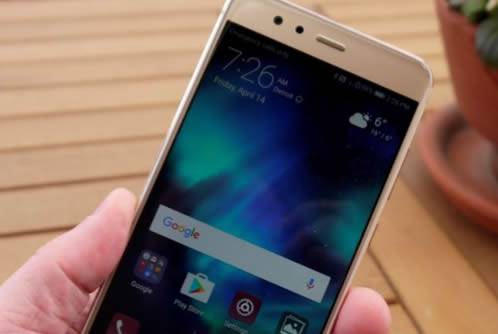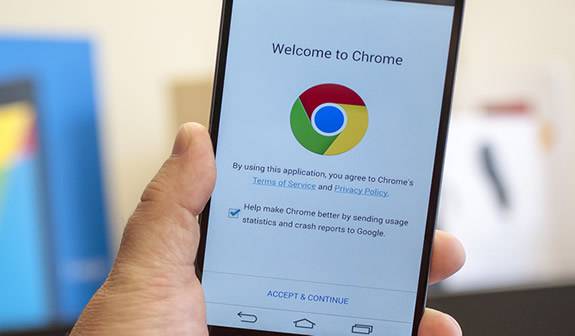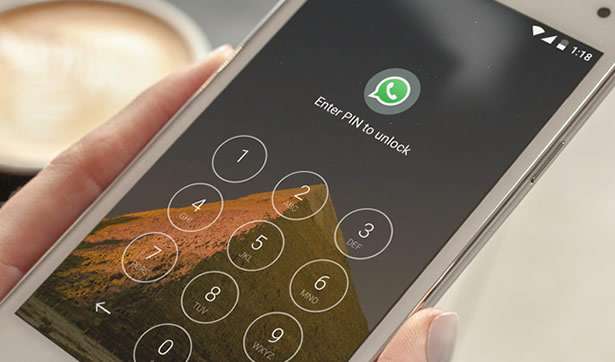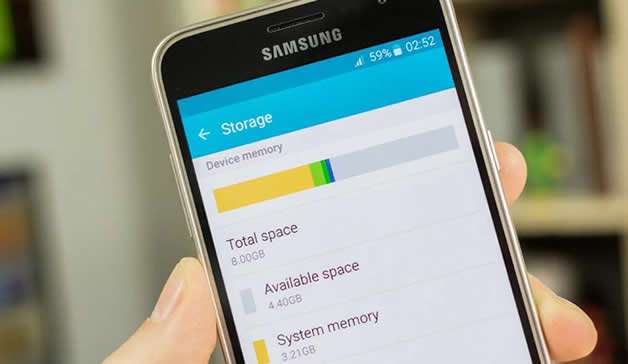No, not all Android phones are able to screen mirror. Screen mirroring is a feature that allows you to wirelessly connect your device to a larger display, such as a television or computer monitor. It requires both the sending and receiving devices to support this feature for it to work properly. To determine if your phone supports screen mirroring, please consult your device’s user manual or contact the manufacturer directly.
How do I enable screen mirroring on my Android?
Do Androids have screen mirroring?
Screen mirroring is a feature that allows users to connect their Android device to an external display, such as a television or projector, and mirror the content being displayed on the device. Unfortunately, some devices may not have this feature built in, so it’s important to check your specific model before assuming it will be available. However, there are several third-party apps available that can help you achieve screen mirroring with any Android phone or tablet. To get started, you can try using one of these apps:
• AirDroid: This app enables users to wirelessly access files stored on their Android device from other devices over Wi-Fi networks or via cloud storage services like Dropbox and Google Drive. Airdroid also has an integrated Screen Mirroring tool which lets you cast your mobile’s screen onto another monitor without wires or cables.
• ApowerMirror: This app allows users to view screens of various smart devices including iPhones and iPads while controlling them remotely via desktop computers. It also supports casting your smartphone’s screen directly onto a TV with Chromecast support for easy sharing among multiple people in the same room.
• Vysor: This app provides remote control capabilities for rooted Androids allowing users to take full control of their phones from within Chrome browser windows on both Macs and PCs as well as Chromebooks and Linux machines through its USB connection option. In addition, Vysor offers real-time streaming video options along with audio playback features for even more versatility when accessing content stored on connected smartphones and tablets remotely across different platforms at once.
What phones are compatible with screen mirroring?
Screen mirroring is a feature that allows you to connect your phone’s display with another device, such as a TV or projector. The type of phones compatible with this technology can vary depending on the make and model of both the phone and the receiving device. To ensure compatibility, it’s important to first check what types of technologies are supported by each device.
For example, some phones support Miracast which allows for wireless connection between two devices via Wi-Fi Direct; while others may use DLNA (Digital Living Network Alliance) which uses a local network connection instead. Additionally, Apple devices usually require AirPlay to share their screen wirelessly.
To determine if your phone is compatible with screen mirroring, start by checking its manual or specifications page online for any mention of technologies like Miracast, DLNA or AirPlay – all three will indicate that screen mirroring is possible on your device. You should also check what types of connections are supported by the receiving device (e.g., HDMI cable), as well as its own list of compatible models or brands for further assurance that both items will be able to communicate properly together.
Can you screen mirror on any phone?
Screen mirroring is a feature that allows you to wirelessly project the display of your device onto another screen. Unfortunately, this feature is not available on all phones and varies depending on the model and operating system. To determine if your phone supports screen mirroring, it’s best to consult your user manual or contact customer support for more information. If your phone does have this feature, there are generally steps outlined in the user manual that will help you set it up correctly.
Why is my phone not screen mirroring?
It can be frustrating when your phone does not seem to be cooperating with you. Before jumping to any conclusions, it is important to take a few steps in order to determine the cause of this issue. First, ensure that both devices are compatible with screen mirroring and that they are on the same WiFi network. Then make sure all necessary settings are enabled on both your phone and the device you’re trying to connect it to. If these basic steps do not resolve the issue, then further troubleshooting may be necessary such as updating software or resetting one or both of the devices involved.
Why can’t my phone screen mirror?
It can be frustrating when your phone’s screen mirroring capabilities don’t seem to work. The first step is to make sure that both the devices you are trying to connect (your phone and the display device) are compatible with each other. If they’re not, then it won’t be possible for them to share a screen. Additionally, check if both devices have their respective drivers installed and updated. Finally, ensure that all connections are secure and follow any recommended steps from your device manufacturer or operating system provider on how to setup screen mirroring correctly.
Can all Samsung phones screen mirror?
No, not all Samsung phones are capable of screen mirroring. However, many newer models, such as the Galaxy S10 and Note 10 series, do have this feature. To check if your device is compatible with the technology needed for screen mirroring (such as Smart View or Screen Mirroring), you can consult your user manual or go to Settings > Connections > More Connection Settings on your device to see what options are available.
How to turn on screen mirroring?
Screen mirroring is a great feature that allows you to share content from your device onto another screen or display. To turn on this feature, the steps will vary depending on the type of device and operating system you are using. Generally, these are the basic steps:
1. Check if both devices support screen mirroring – Make sure that both devices (the one sending and receiving) support screen mirroring before attempting to use it. For example, Apple AirPlay only works with Apple products such as iPhones or iPads, while Miracast is compatible with Android and Windows devices.
2. Connect your device to the same network – Both devices need to be connected to the same Wi-Fi network in order for them to communicate with each other successfully.
3. Activate Screen Mirroring mode – On most modern smartphones and tablets today, there should be an option in settings where you can enable/disable Screen Mirroring mode – this may also be called “Mirror Mode” or something similar depending on your model of phone/tablet/laptop etc.. 4 Enable Screen Mirroring on both Devices – Once enabled on both endpoints it should automatically detect any nearby compatible devices – select the relevant one from a list which appears then follow any further instructions given by either device if prompted (such as entering a PIN code). After that’s done, whatever is displayed on your original device should now appear mirrored onto the second display!
{“@context”:”https://schema.org”,”@type”:”FAQPage”,”mainEntity”:[{“@type”:”Question”,”name”:”Do Androids have screen mirroring?”,”acceptedAnswer”:{“@type”:”Answer”,”text”:”nnScreen mirroring is a feature that allows users to connect their Android device to an external display, such as a television or projector, and mirror the content being displayed on the device. Unfortunately, some devices may not have this feature built in, so it’s important to check your specific model before assuming it will be available. However, there are several third-party apps available that can help you achieve screen mirroring with any Android phone or tablet. To get started, you can try using one of these apps: nu2022 AirDroid: This app enables users to wirelessly access files stored on their Android device from other devices over Wi-Fi networks or via cloud storage services like Dropbox and Google Drive. Airdroid also has an integrated Screen Mirroring tool which lets you cast your mobileu2019s screen onto another monitor without wires or cables. nu2022 ApowerMirror: This app allows users to view screens of various smart devices including iPhones and iPads while controlling them remotely via desktop computers. It also supports casting your smartphoneu2019s screen directly onto a TV with Chromecast support for easy sharing among multiple people in the same room. nu2022 Vysor: This app provides remote control capabilities for rooted Androids allowing users to take full control of their phones from within Chrome browser windows on both Macs and PCs as well as Chromebooks and Linux machines through its USB connection option. In addition, Vysor offers real-time streaming video options along with audio playback features for even more versatility when accessing content stored on connected smartphones and tablets remotely across different platforms at once.”}},{“@type”:”Question”,”name”:”What phones are compatible with screen mirroring?”,”acceptedAnswer”:{“@type”:”Answer”,”text”:”nnScreen mirroring is a feature that allows you to connect your phone’s display with another device, such as a TV or projector. The type of phones compatible with this technology can vary depending on the make and model of both the phone and the receiving device. To ensure compatibility, it’s important to first check what types of technologies are supported by each device. nnFor example, some phones support Miracast which allows for wireless connection between two devices via Wi-Fi Direct; while others may use DLNA (Digital Living Network Alliance) which uses a local network connection instead. Additionally, Apple devices usually require AirPlay to share their screen wirelessly. nnTo determine if your phone is compatible with screen mirroring, start by checking its manual or specifications page online for any mention of technologies like Miracast, DLNA or AirPlay – all three will indicate that screen mirroring is possible on your device. You should also check what types of connections are supported by the receiving device (e.g., HDMI cable), as well as its own list of compatible models or brands for further assurance that both items will be able to communicate properly together.”}},{“@type”:”Question”,”name”:”Can you screen mirror on any phone?”,”acceptedAnswer”:{“@type”:”Answer”,”text”:”nnScreen mirroring is a feature that allows you to wirelessly project the display of your device onto another screen. Unfortunately, this feature is not available on all phones and varies depending on the model and operating system. To determine if your phone supports screen mirroring, it’s best to consult your user manual or contact customer support for more information. If your phone does have this feature, there are generally steps outlined in the user manual that will help you set it up correctly.”}},{“@type”:”Question”,”name”:”Why is my phone not screen mirroring?”,”acceptedAnswer”:{“@type”:”Answer”,”text”:”nnIt can be frustrating when your phone does not seem to be cooperating with you. Before jumping to any conclusions, it is important to take a few steps in order to determine the cause of this issue. First, ensure that both devices are compatible with screen mirroring and that they are on the same WiFi network. Then make sure all necessary settings are enabled on both your phone and the device youu2019re trying to connect it to. If these basic steps do not resolve the issue, then further troubleshooting may be necessary such as updating software or resetting one or both of the devices involved.”}},{“@type”:”Question”,”name”:”Why can’t my phone screen mirror?”,”acceptedAnswer”:{“@type”:”Answer”,”text”:”nnIt can be frustrating when your phone’s screen mirroring capabilities don’t seem to work. The first step is to make sure that both the devices you are trying to connect (your phone and the display device) are compatible with each other. If they’re not, then it won’t be possible for them to share a screen. Additionally, check if both devices have their respective drivers installed and updated. Finally, ensure that all connections are secure and follow any recommended steps from your device manufacturer or operating system provider on how to setup screen mirroring correctly.”}},{“@type”:”Question”,”name”:”Can all Samsung phones screen mirror?”,”acceptedAnswer”:{“@type”:”Answer”,”text”:”nnNo, not all Samsung phones are capable of screen mirroring. However, many newer models, such as the Galaxy S10 and Note 10 series, do have this feature. To check if your device is compatible with the technology needed for screen mirroring (such as Smart View or Screen Mirroring), you can consult your user manual or go to Settings > Connections > More Connection Settings on your device to see what options are available.”}},{“@type”:”Question”,”name”:”How to turn on screen mirroring?”,”acceptedAnswer”:{“@type”:”Answer”,”text”:”nnScreen mirroring is a great feature that allows you to share content from your device onto another screen or display. To turn on this feature, the steps will vary depending on the type of device and operating system you are using. Generally, these are the basic steps: nn1. Check if both devices support screen mirroring – Make sure that both devices (the one sending and receiving) support screen mirroring before attempting to use it. For example, Apple AirPlay only works with Apple products such as iPhones or iPads, while Miracast is compatible with Android and Windows devices. n2. Connect your device to the same network – Both devices need to be connected to the same Wi-Fi network in order for them to communicate with each other successfully. n3. Activate Screen Mirroring mode – On most modern smartphones and tablets today, there should be an option in settings where you can enable/disable Screen Mirroring mode u2013 this may also be called u201cMirror Modeu201d or something similar depending on your model of phone/tablet/laptop etc.. 4 Enable Screen Mirroring on both Devices – Once enabled on both endpoints it should automatically detect any nearby compatible devices u2013 select the relevant one from a list which appears then follow any further instructions given by either device if prompted (such as entering a PIN code). After thatu2019s done, whatever is displayed on your original device should now appear mirrored onto the second display!”}}]}







